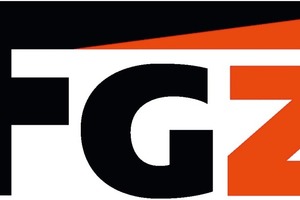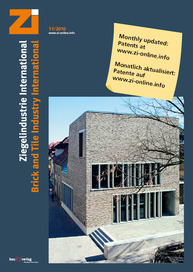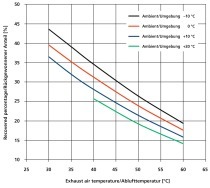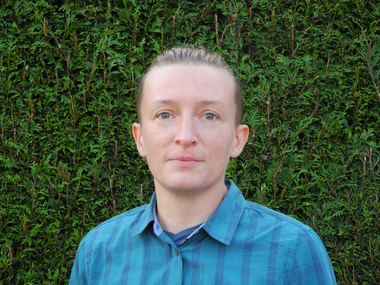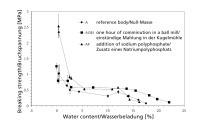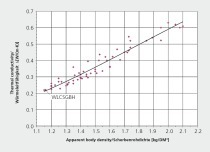Improving the energy efficiency of drying installations with the use of modern low-energy dryers
Research project conducted by the Research Alliance of the Clay Brick and Tile Industry Regd. (FGZ)
Project number
AiF 15401 N
Project funded by
BMWi through the German Federation of Industrial Research Associations “Otto von Guericke” Regd. (AiF)
Implemented by
Brick Research Institute Essen Regd. (IZF)
Project manager
Dr.-Ing. Anne Tretau
1 Background

